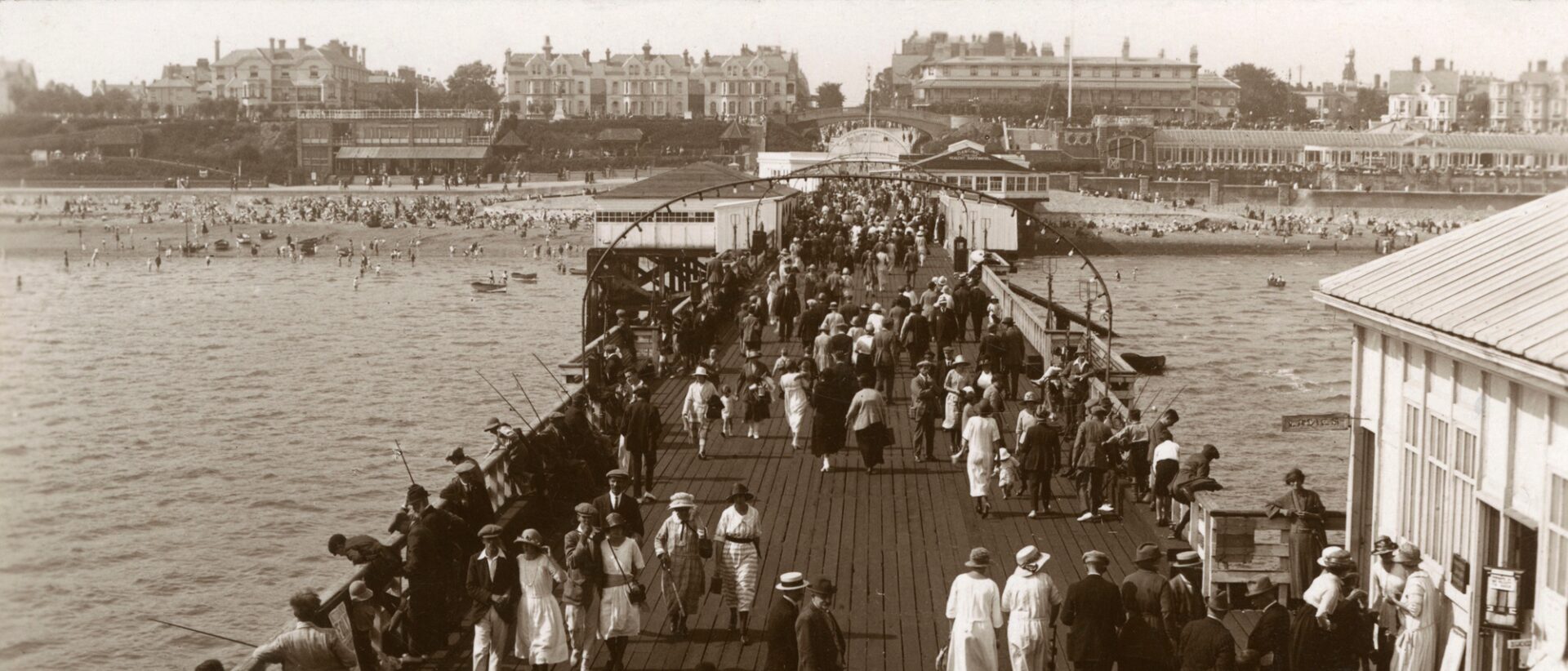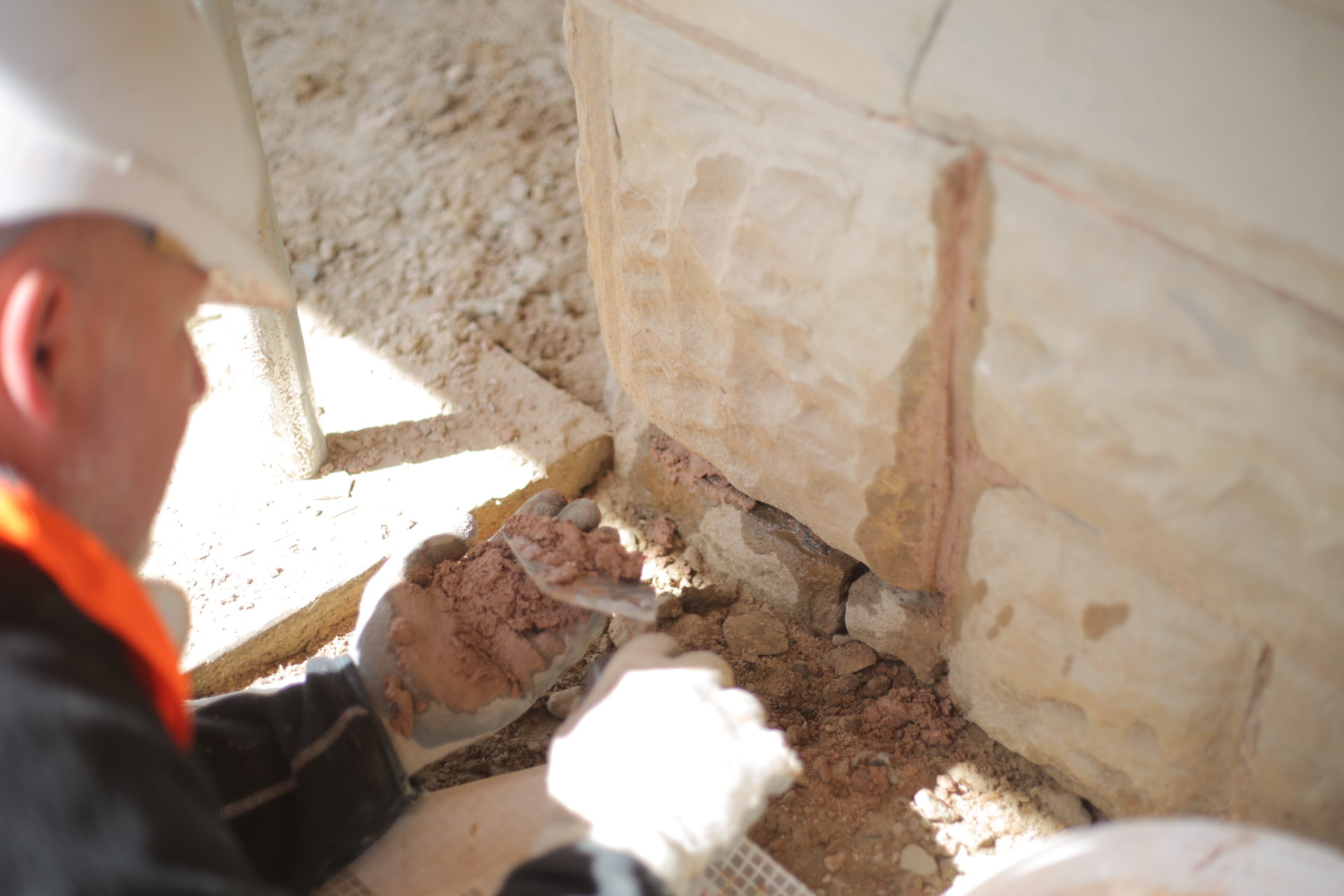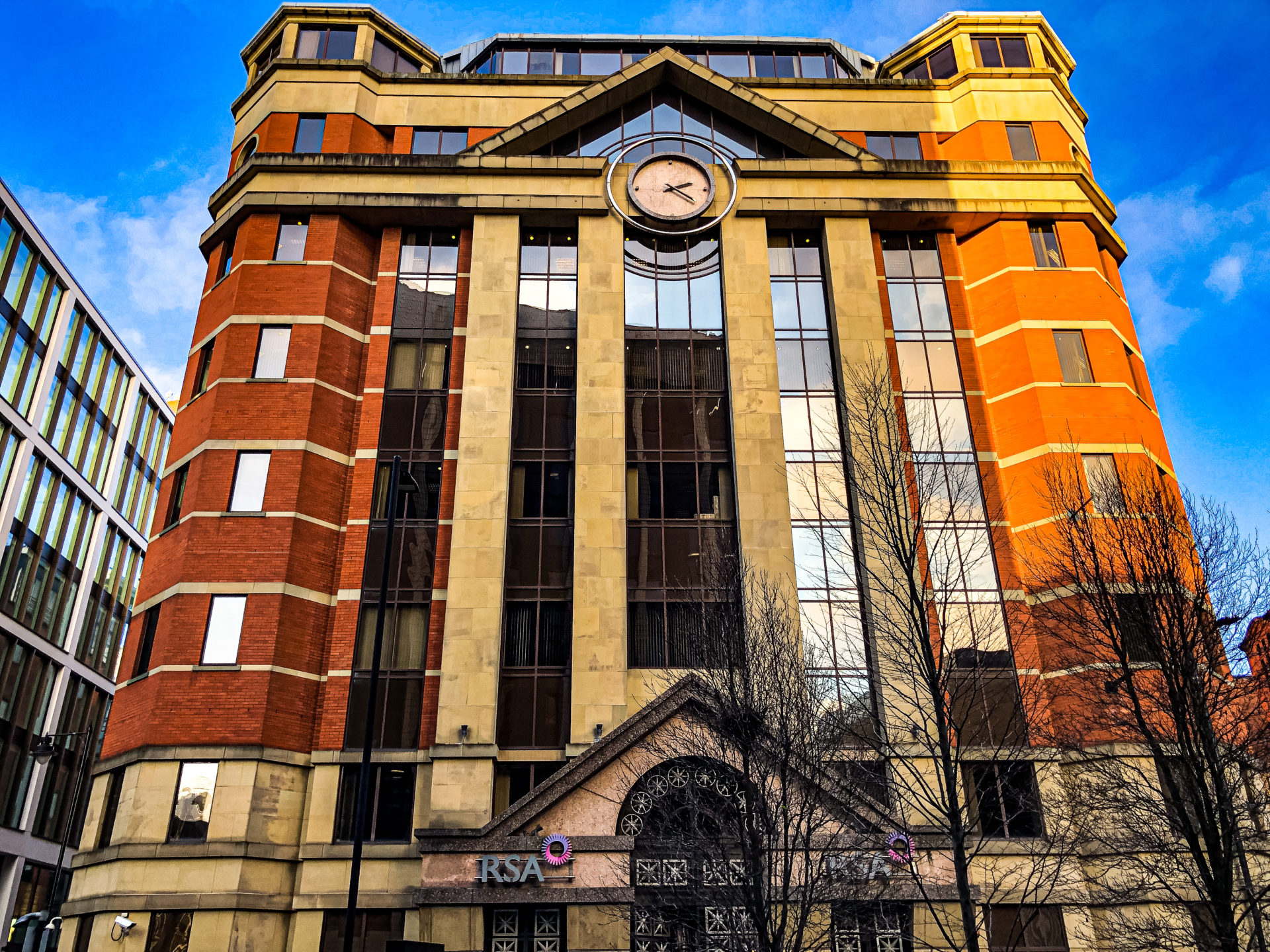They are literally monuments of their times – and some sit proudly in restored splendour – but in most British seaside towns the reality is that many wonderful 19th and 20th Century buildings have been allowed to go to rack and ruin.
Art-deco-by-the-sea used to be the architectural initiation for generations of children (and their parents) on their summer holidays as they feasted their eyes on these often magnificent creations after what was invariably a short hop from their inner-city homes.
Architectural purists might reflect that many of the buildings would not have looked out of place in Kubla Khan’s Xanadu, but there is no doubting the impact of these seaside ‘pleasure-domes’.
Together with fish and chips and, as Thomas Mann said ‘that wide, peaceful, whispering hush of the sea that gives every sound, near or far, some mysterious importance’, seaside architecture is embedded in the British psyche.
A more prosperous society and the advent of affordable foreign holidays are generally held responsible for the demise of the British seaside experience and in many respects it was inevitable that the towns and their buildings would suffer badly.
Nonetheless it is sad to see the once bustling resorts, downbeat and desolate – and the ramifications of this deterioration stretch much further afield than the end of the local pier.
With its miles of golden sands and art deco vacation homes, the seaside village of Jaywick near Clacton-on-Sea was once a popular holiday destination for working class Londoners. But it has consistently topped a Government list of the most deprived neighbourhoods in England and featured in a depressing TV show Benefits by the Sea.
And despair naturally fuels anger. Unsurprisingly Clacton became the first constituency to elect a UKIP MP, Douglas Carswell, in 2014.
The discontent which runs the length and breadth of the country can almost be crystallised by a series of visual images of seaside deterioration – an instagram of coastal despair.
From Great Yarmouth in the south to Rothesay on the isle of Bute in the north the echoes of laughter and a bygone age are all that remain in many of the dilapidated structures.
Last year the British Hospitality Association proposed a ‘Seven Point Coastal Action Plan’ calling on the Government to ‘make our seaside towns destinations of choice for tourists and residents’ and ‘increase opportunities for over eight million people living in the United Kingdom’.
The BHA also said a Seaside Tsar should be appointed to help Britain’s forgotten seaside towns fight back from decades of decay.
Its report revealed that people living in seaside towns were more likely to be poorly educated, unemployed, unemployable, lacking in ambition, claiming benefits and living in multiple occupation housing.
But the association, which represents more than 40,000 businesses in the sector, cited the successful regeneration of Folkestone in Kent and along the Jurassic Coast in Dorset and east Devon as examples of how the British seaside can recover.
And indeed all is not lost. There is a strong belief that once again our seaside towns can play their part in the heritage and culture of our lives.
Redevelopment and restoration plans have been ongoing for some time and unsurprisingly it was the landmark buildings which had first dibs – such as arguably the finest example of a modern seaside building, the De La Warr Pavilion at Bexhill-on-Sea.
In 2005 – 70 years after it first opened – after an extensive programme of restoration and regeneration, the De La Warr Pavilion was brought to life once more as a contemporary arts centre, encompassing one of the largest galleries on the south coast of England.
In Scotland the Rothesay Pavilion, a category-A listed, modernist concrete building has been closed for redevelopment in recent years. Built in the 1930s to boost tourism, it is hoped that its reopening – on a proposed date of 1 July 2018, the building’s 80th anniversary – will act as a catalyst for the town’s rebirth.
The Spanish City Dome in Whitley Bay is a key part of North Tyneside Council’s £36m Seafront Master Plan to reinvigorate the coastline between Cullercoats Bay and St Mary’s Island.
It’s estimated its restoration will cost £10 million and is due to reopen in Spring 2018.
The rebirth has already begun too in coastal towns such as Margate, where Dreamland, Britain’s oldest seaside pleasure park reopened in 2015 following an £18 million pound refurbishment (although it quickly went into administration before being relaunched again this year) as well as Hastings, which has seen the relaunch of its historic Victorian pier.
But for those which have been salvaged there are so many more once proud buildings standing empty and unused. Old office blocks, warehouses, cinemas and many others are waiting for redevelopment and a new lease of life.
Perhaps salvation is at hand in the unlikely form of Brexit – with the poor exchange rate and other factors meaning a ‘staycation’ could become the norm once more for many Brits during the summer months.
Only time – inevitably – will tell.













